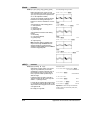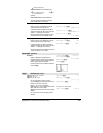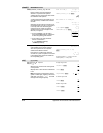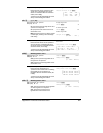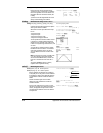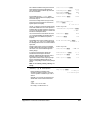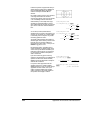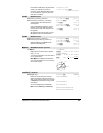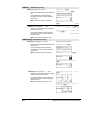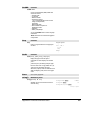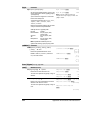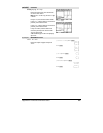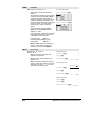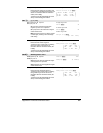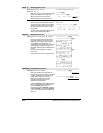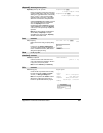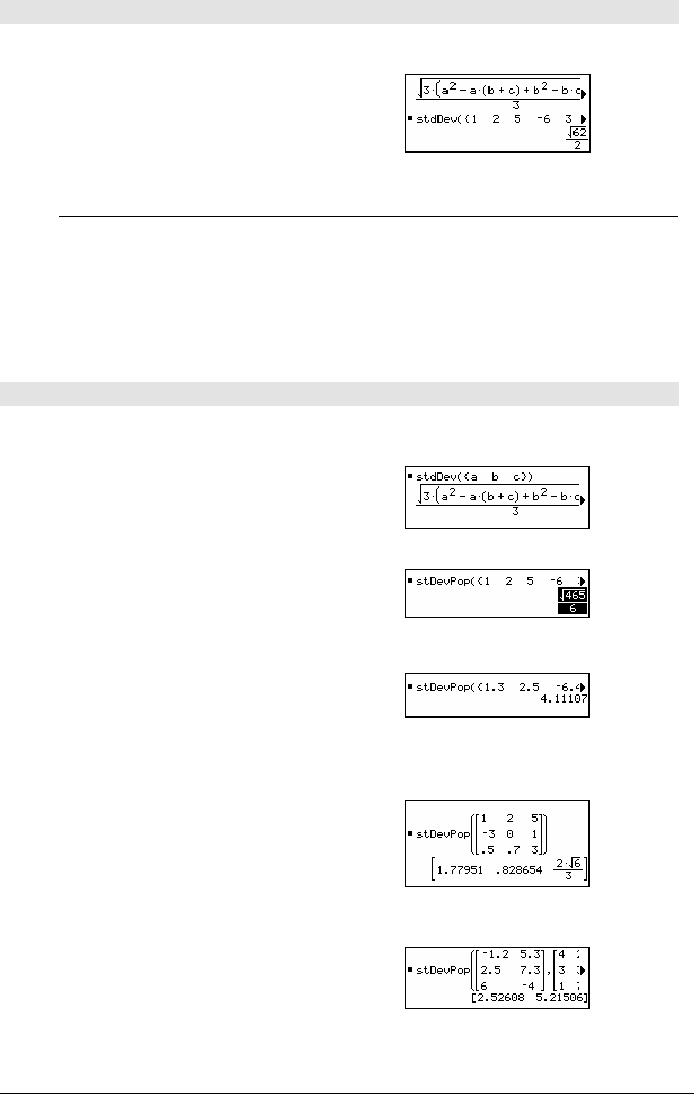
882 Appendix A: Functions and Instructions
stdDev() MATH/Statistics menu
stdDev(
list
[
, freqlist
]) ⇒
⇒⇒
⇒
expression
Returns the standard deviation of the elements in
list
.
Each
freqlist
element counts the number of
consecutive occurrences of the corresponding
element in
list
.
Note:
list
must have at least two elements.
stdDev({a,b,c}) ¸
stdDev({1,2,5,ë 6,3,ë2}) ¸
stdDev({1.3,2.5,
L6.4},{3,2,5})
¸ 4.33345
stdDev(
matrix1
[
, freqmatrix
]) ⇒
matrix
Returns a row vector of the standard deviations
of the columns in
matrix1
.
Each
freqmatrix
element counts the number of
consecutive occurrences of the corresponding
element in
matrix1
.
Note:
matrix1
must have at least two rows.
stdDev([1,2,5;-3,0,1;.5,.7,3]) ¸
[2.179
... 1.014... 2]
stdDev([
L1.2,5.3;2.5,7.3;6,L4],[4,2;3
,3;1,7])
¸
[2.7005,5.44695]
stdDevPop() MATH/Statistics menu
stdDevPop(
list
[
, freqlist
]) ⇒
⇒⇒
⇒
expression
Returns the population standard deviation of the
elements in
list
.
Each
freqlist
element counts the number of
consecutive occurrences of the corresponding
element in
list
.
Note:
list
must have at least two elements.
In Radian angle and auto modes:
stdDevPop({a,b,c}) ¸
stdDevPop({1,2,5,
ë 6,3,ë2}) ¸
stdDevPop({1.3,2.5,
L6.4},{3,2,5})
¸
stdDevPop(
matrix1
[
, freqmatrix
]) ⇒
matrix
Returns a row vector of the population standard
deviations of the columns in
matrix1
.
Each
freqmatrix
element counts the number of
consecutive occurrences of the corresponding
element in
matrix1
.
Note:
matrix1
must have at least two rows.
stdDevPop([[1,2,5][-3,0,1][.5,.7,3]])
¸
stdDevPop([
L1.2,5.3;2.5,7.3;6,L4],[4,
2;3,3;1,7])
¸



